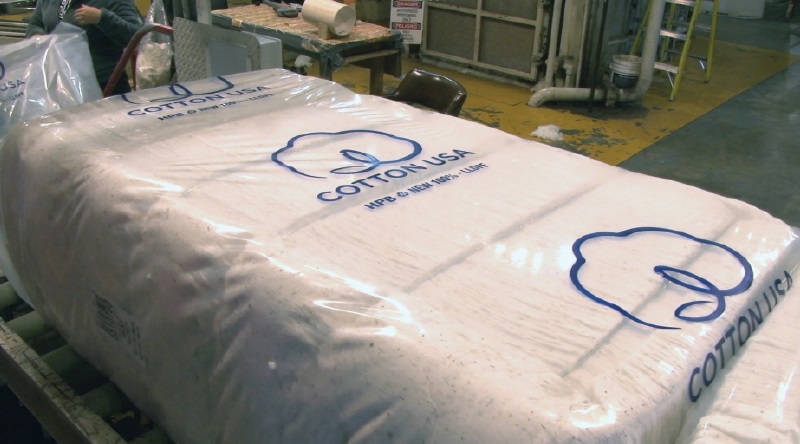Egyptian Cotton a Target for Cotton Identity Theft
In recent years, the world economy has suffered from cotton identity theft, primarily Egyptian cotton and U.S. Supima extra long staple (ELS) cottons. In 2007 alone, the claims of ELS cotton stamped on textile products worldwide reached a record high of twice as much the actual production of this cotton type. In other words, products that were labeled “Egyptian cotton” and “Supima cotton” far exceeded the actual production of those types of cotton. The primary reasons for these false claims include:
1. Taking advantage of many trade regulations that give advantages to ELS cotton-made products.
2. Selling products at higher prices using premium ELS cotton labels and trademarks.
On the technical side, it is well known that detecting these false claims in a textile product at the initial sales point is virtually impossible. Many of these bogus products use high-end short-staple or medium-staple cottons, and many others use blends that include Egyptian and lower-quality cottons. Once the product is dyed and finished, it becomes impossible to detect the type of cotton used with any degree of efficiency. In addition to the losses resulting from tarnishing the famous quality of Egyptian and Supima cottons, identity theft can ultimately lead to substantial losses resulting from lower demands for ELS cotton, legal disputes and overall quality deterioration.
Fiber identification has been a part of textile studies for many years. This can be achieved using many standard tests: microscopic, chemical, burning and physical.
Microscopic tests represent the most common technique of fiber identification and rely on detecting surface and cross-sectional features that are unique for certain fibers. For example, a cotton fiber will have a flat or oval cross-section and convoluted shape along its axis, whereas a wool fiber will have a round or oval cross section and a scaly shape along its axis.
Chemical tests rely on stimulating the polymeric substance of fibers by dissolving or coloring to identify the type of polymer from which the fiber is made. This type of fiber identification is useful particularly when different fiber types, such as cotton and polyester, are blended together because it can reveal the percentage of each fiber in the blend. However, the limitations of this type of identification testing become obvious when one attempts to use it to identify different varieties of the same type of fiber. This limitation is best illustrated in the comparison between different cotton varieties (e.g., American Upland cotton, Supima cotton, Egyptian cotton, etc.).
The burn test is a common one as it represents a simple way to identify fibers based on their thermal behavior (burning or melting), and the fiber smell upon burning. Commonly the burn test is used to determine if the fiber is natural, manmade, or a blend.
Physical testing is not a common approach of fiber identification, although it can be very useful. Key physical properties (fiber length, diameter, specific gravity, strength and elongation) are used to identify fiber type and fiber contribution in a blend.
In recent years, some attempts to identify cotton types were made with limited success, but they have great potential for further development. One of these attempts is the so-called “cotton DNA.” The idea is to determine genetic roots that can identify different cotton types by developing a quick and easy method to measuring expression of a given gene in the cotton fiber cell. This type of research was not primarily aimed at identifying cotton types but rather at the evaluation of the phenotype of genes of interest, which is useful in designing transgenic plants with desired characteristics. Nonetheless, this type of agricultural research may have a positive impact on cotton identification, particularly in the raw form.








